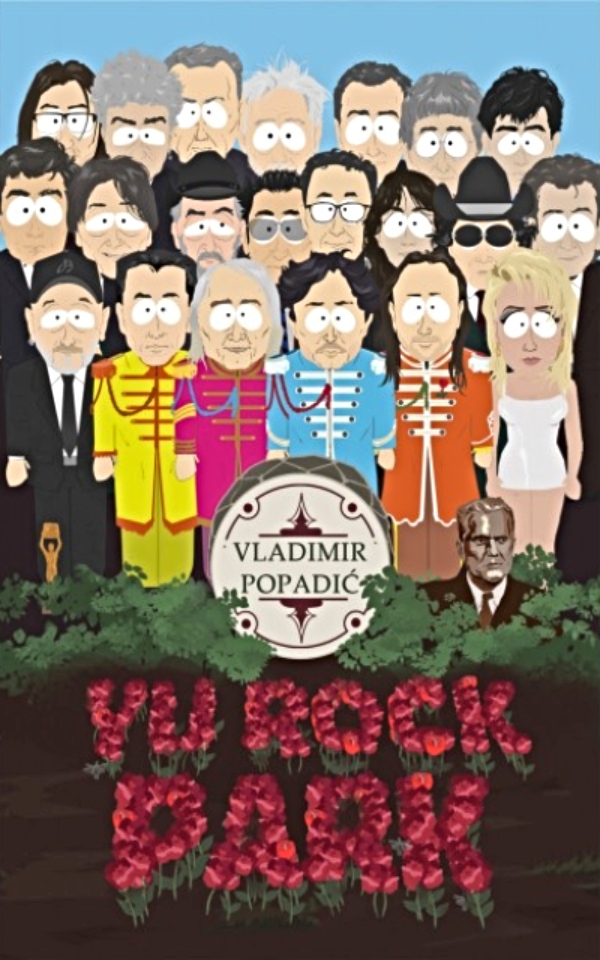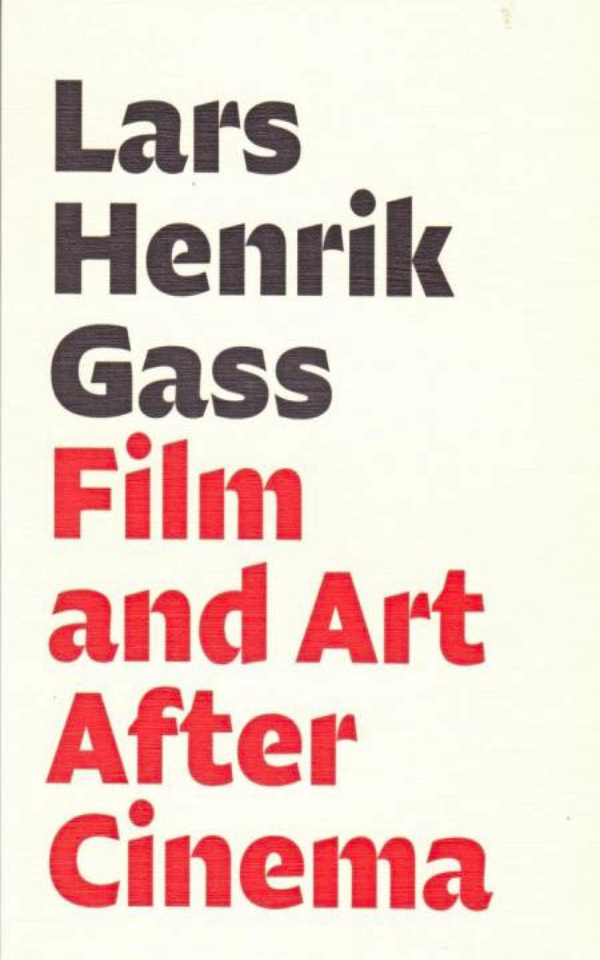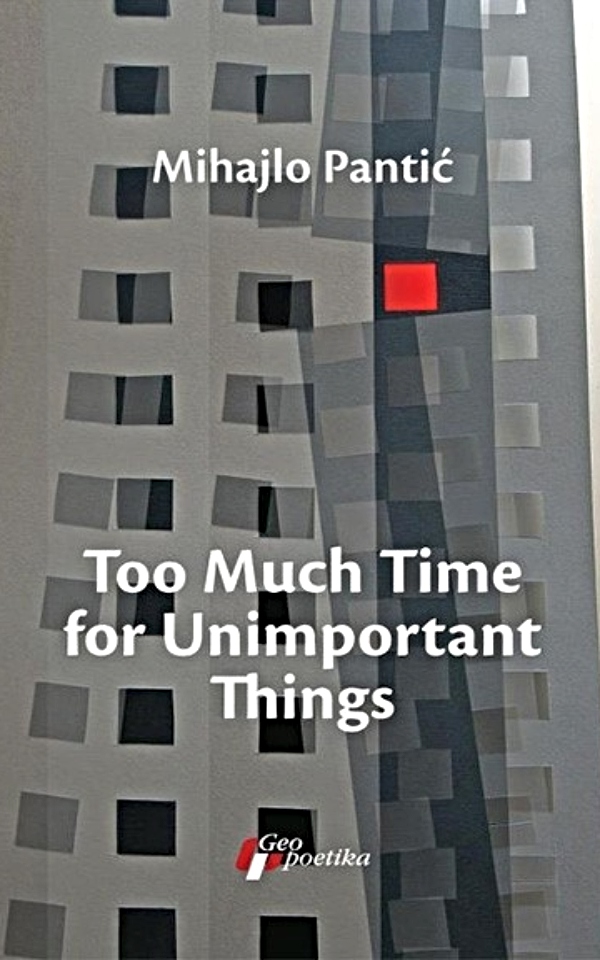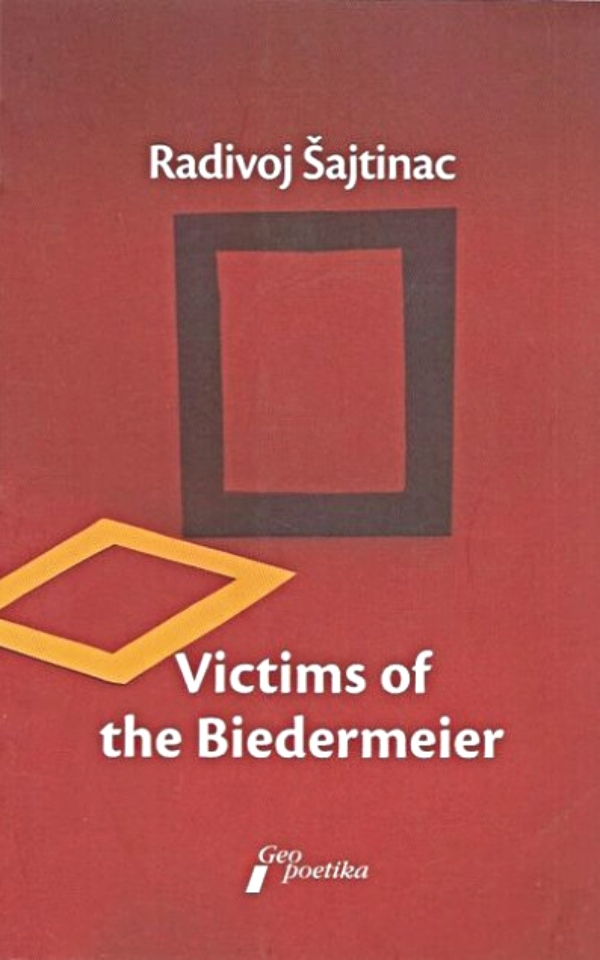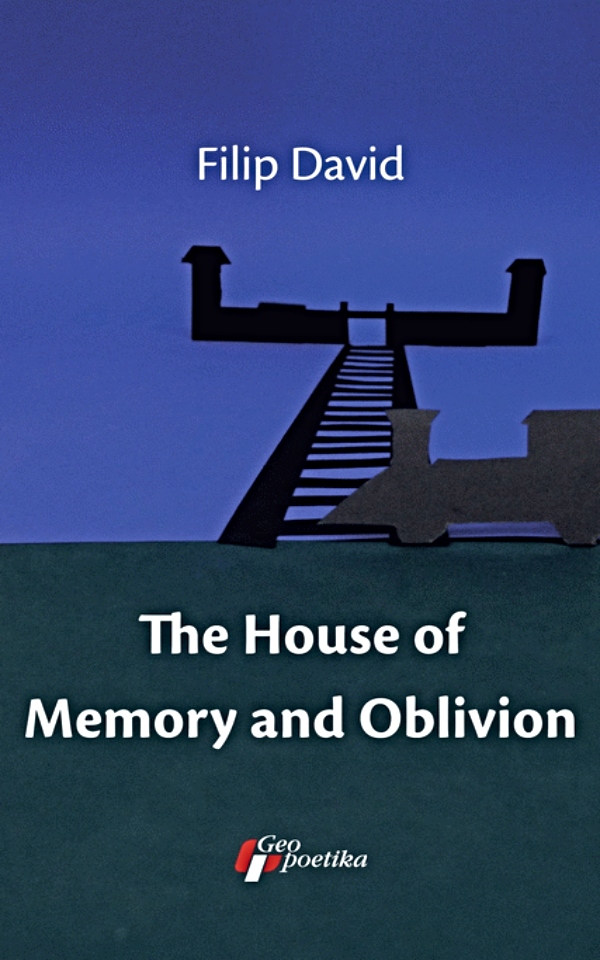Film and Art After Cinema
1.155,00 din.
|
||||||||||||||||||
Film is disappearing from cinema, which itself is slowly losing its status as a mass medium. The cinema itself gave rise to an autonomous social mode of perception that distinguished it from all other forms of art. This is the thesis Lars Henrik Gass defends in his purposefully controversial and knowledgeable collection of essays that is now finally available in English.
Gass has written a partisan, often critical book about the decline of cinema. He describes the conditions under which films are now created and shown as works of art, examining numerous films and video installations (by Cyprien Gaillard, Douglas Gordon, Christian Marclay, Jesse McLean, Jon Rafman, Julian Rosefeldt, Steven Spielberg, Andy Warhol and others), and historical manifestations of film (Expanded Cinema, experimental film, found footage, installations, music videos, etc.). But he focuses mainly on issues regarding the institutional, media and systemic logic of film funding, the internet and the art world. Gass analyzes the social and economic conditions of a post-cinematographic present through the examples of television, DVD, internet, film festivals, exhibitions and museums.
More than anything, however, Film and Art After Cinema must be read as a manifesto in favor of a specific mode of perception: we may only be able to grasp what cinema truly is in the moment of its disappearance. And we may never have needed cinema’s teachings and critique more than we do today.



